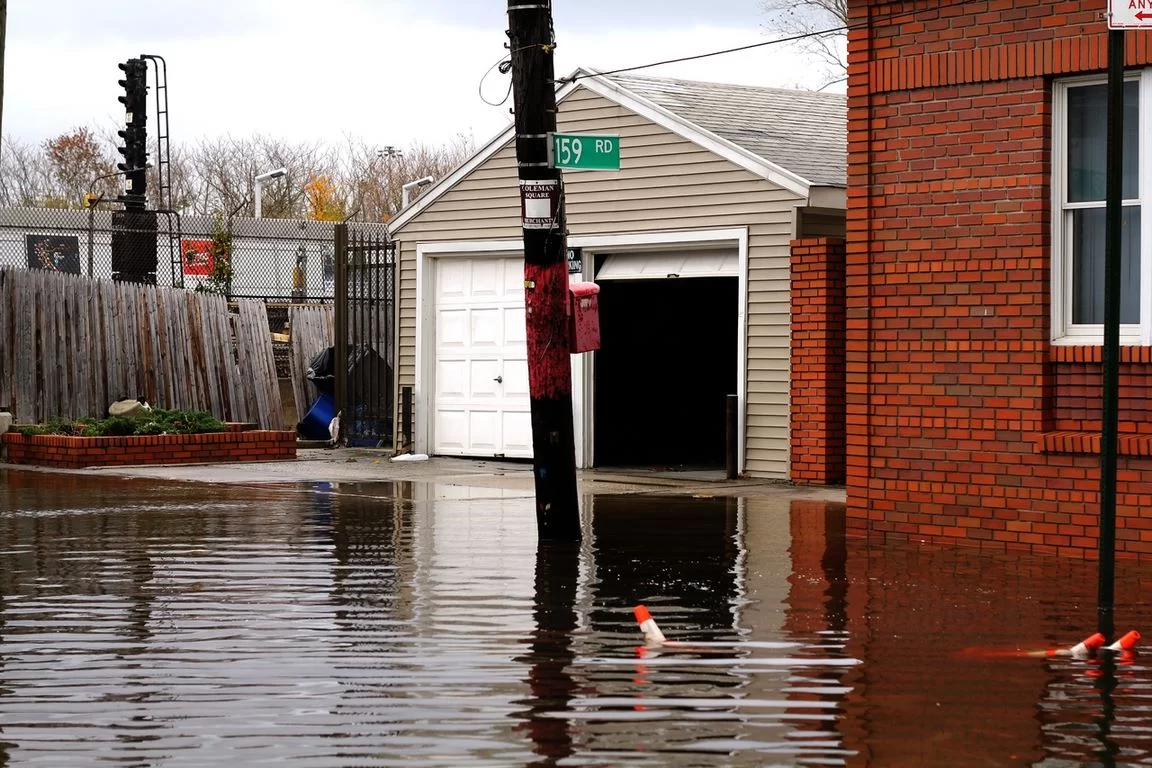Owners are powerless against natural forces such as floods. The basement and ground floor are quickly flooded, in the worst case the water is even higher.

Once the water runs, it always finds its way into porous materials, cavities, and openings – through walls, ceilings, and floors. The structure of the building is severely damaged. An overview of basic knowledge on the restoration of flood damage.
In addition to the painful loss of furnishings and personal belongings, it becomes clear at the latest after the water has run off that the building fabric has also suffered severe damage. Floors, ceilings, and walls are left damp, soaked, and muddy. But pollution itself is the lesser evil. Dirt and moisture also provide the ideal breeding ground for mold and bacteria.
The flood also has a large number of germs in its luggage, which is left behind as a microbial coating. For this reason, numerous aspects must be taken into account when repairing flood damage to the house the one-sided concentration on drying the damp components does not go far enough.
To be able to correctly assess the extensive risk potential, the comprehensive and technically experienced assessment of the situation by remediation experts is extremely important so that the remediation of the flood damage is successful.
Flood Damage: More Than Just Soaked Building Materials
Experiences from the remediation of conventional water damage are only of limited help in the remediation of flood damage. Because the massive moisture penetration of entire building structures over a longer period cannot be compared with flooding after heavy rainfall and/or damage to the mains water. When there are floods, there are great forces that can cause buildings to lift.
If the buoyancy force is greater than the sum of all building loads, the building will float in the worst case, which can lead to static problems on the building foundation or within the structure. In the worst case, there is a risk of total loss. If the house is located directly on a high-water river, there is an additional burden from the water current.
Smaller buildings in particular with a low foundation depth and/or in the soil at risk of erosion can then be swept away and collapse. Floating debris in the flood can further exacerbate the situation and also push larger houses to their limits. The undermining or flushing out of buildings can also lead to cavities and, as a result, to subsidence.
Read Also:
Building Materials React Differently to Moisture
Building materials and components that are installed in the area in contact with the ground (i.e., in the basement and base area) are designed for a permanent moisture load. This does not apply to building materials and components of the facade or the ground floor.
As a result, the materials used there react differently to severe moisture penetration from flooding. Some building materials are not even designed for short-term moisture penetration, let alone for massive and prolonged moisture penetration.
Accordingly, a distinction must be made between building materials that are heavily soaked and can easily be dried and building materials that can hardly be dried or are very difficult to dry over a longer period. Still, other building materials are so damaged or soaked after a flood that
Flood Leaves Heavy Pollution
Another problem: The flood leaves heavy pollution of unknown origin and composition. A point that can have long-term and pleasant consequences for the residents if the renovation is carried out too quickly and without careful consideration. Therefore, the drying of wet houses must also be viewed from a microbial point of view.
Eventually, the floodwaters also inundate agricultural fields, washing out pesticides, herbicides, and fungicides. In addition, feces from flooded sewage treatment plants, toilet facilities, and animal stalls are carried along, as well as germs from sewage pipes or animal carcasses carried along. In addition, there are chemicals from flooded industrial plants as well as heating oils and fuel from cellars, garages, heating systems, and petrol stations.
As understandable as it is that owners affected by the flood want to repair the damage as quickly as possible – unfortunately, there are no off-the-shelf concepts. You should take the time for a differentiated damage analysis (physical, chemical, and microbiological damage processes) and the creation of a remediation concept by experts. And then quickly tackle the repair of the flood damage.









